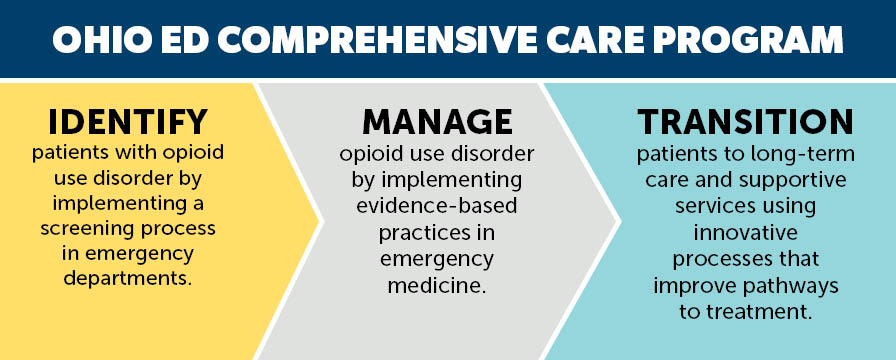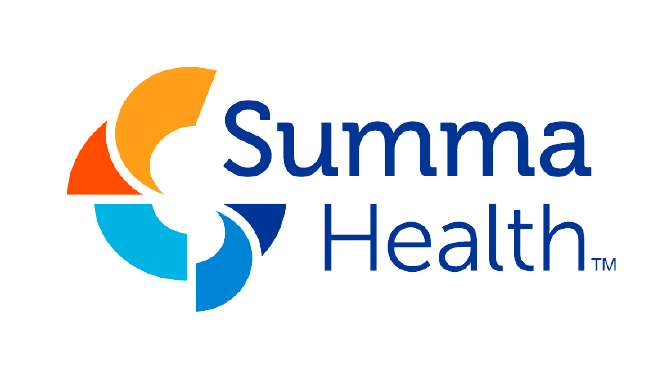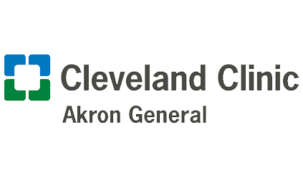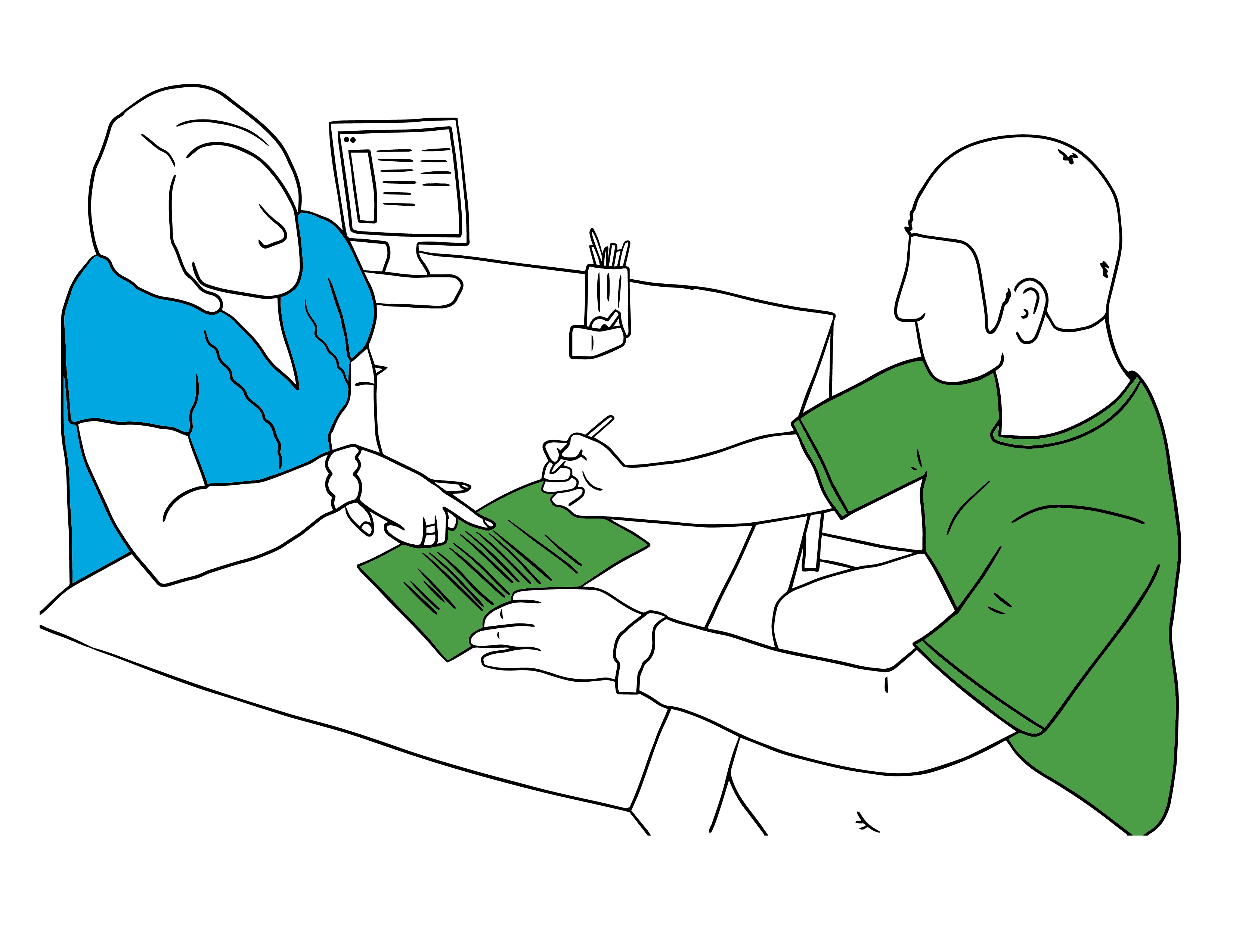ABOUT THE OHIO ED COMPREHENSIVE CARE PROGRAM
The Emergency Department (ED) Comprehensive Care Program is a collaborative state-wide initiative funded by the Ohio Department of Health. The goal of this program is to enhance Ohio’s response to the opioid crisis by creating a comprehensive system of care for patients who present in emergency departments with opioid addiction. The project is a collaboration of public, private and healthcare partners at the state and local level. The three key components are to Identify, Manage, and Transition affected individuals:
- Identify patients with opioid use disorder by implementing a screening process in emergency departments.
- Manage opioid use disorder by implementing evidence-based practices in emergency medicine.
- Transition patients to long-term care and supportive services using innovative processes that improve pathways to treatment.
Local Partnerships and Activities
Local health departments and health systems are implementing evidence-based practices such as Screening, Brief Intervention and Referral to Treatment (SBIRT), the adoption of protocols for MAT induction in the ED (including buprenorphine), Naloxone distribution, and Peer Recovery Support.
Statewide and Cross-System Activities
BrightView and the Ohio Department of Health are leading statewide and cross-system activities, including informing the development of EPIC Foundation System (EMR) updates, providing DATA 2000 waiver training, supporting the infrastructure for Peer Recovery Support, and developing an online interactive toolkit to that will facilitate the adoption of these practices in other communities.
Click here to download the Opioid Use Disorder in Emergency Department Comprehensive Care overview.








